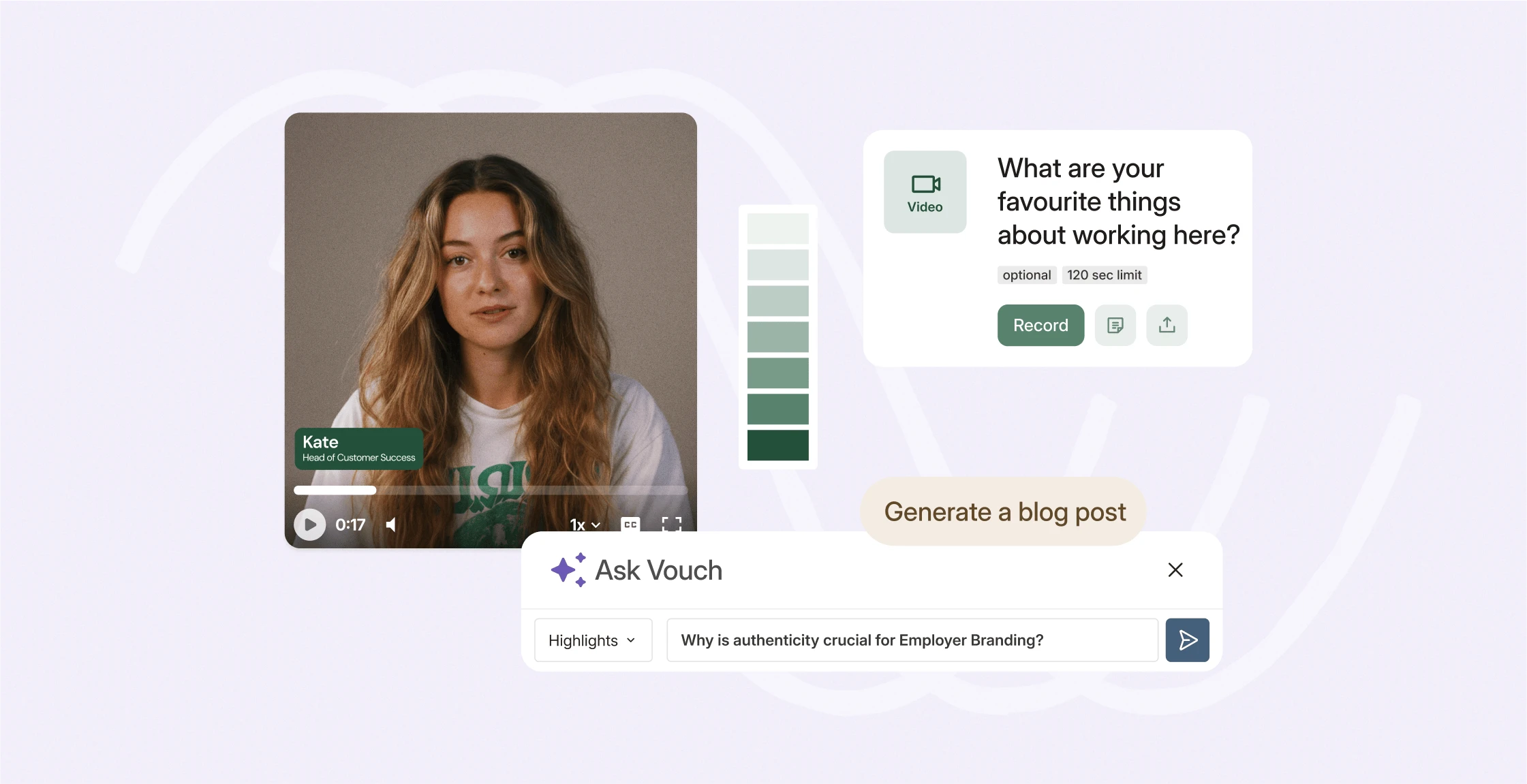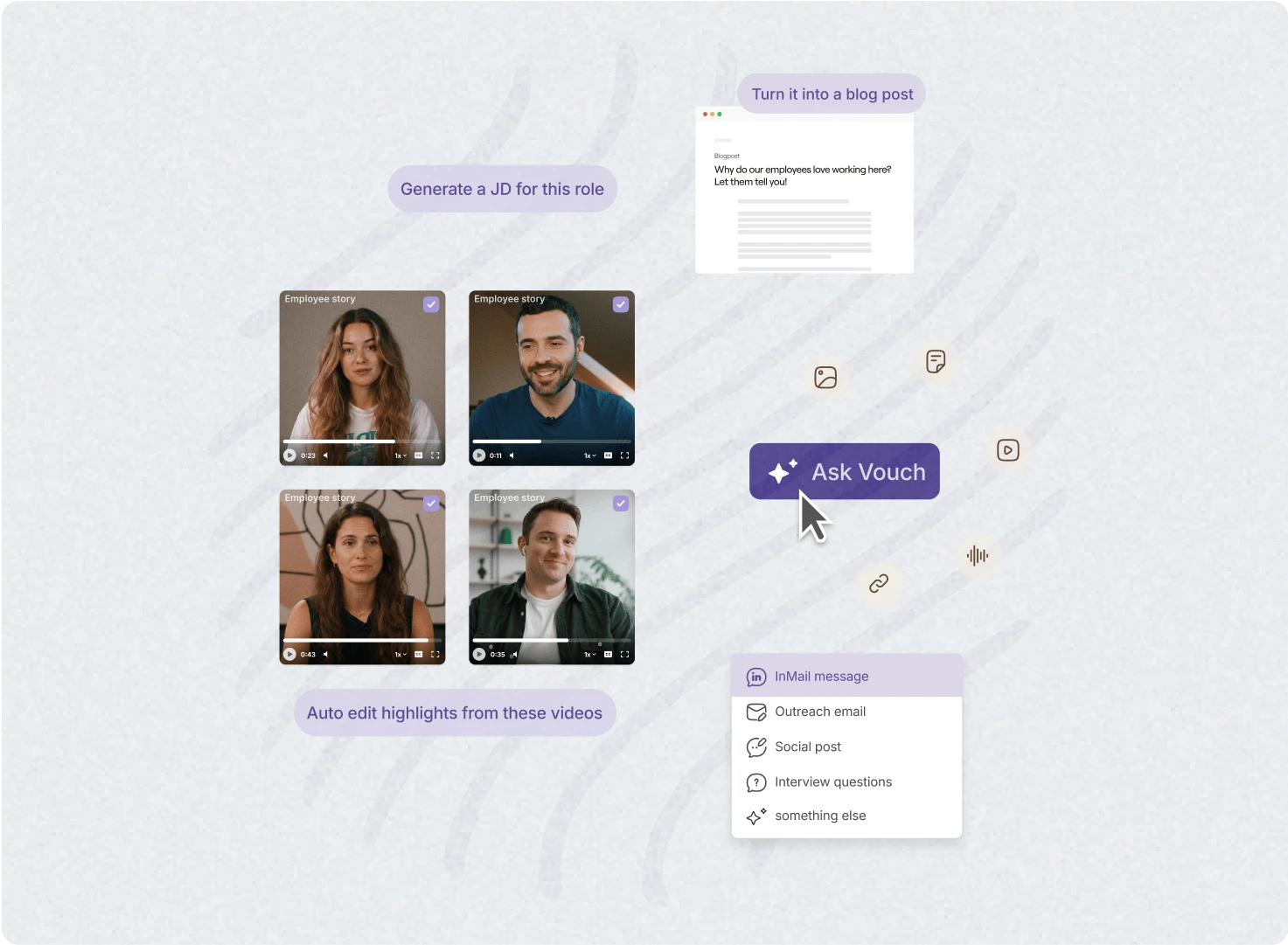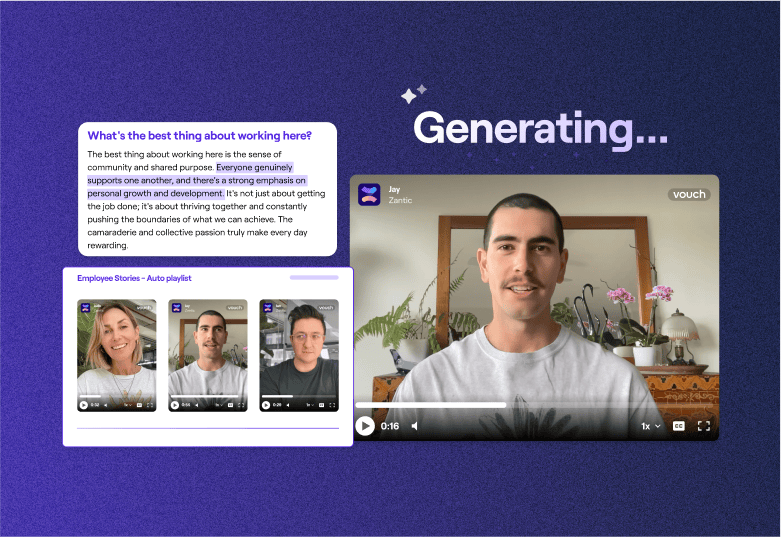The roles of Chief Human Resources Officer (CHRO) and Chief People Officer (CPO) are both crucial in today’s talent landscape.
But what sets them apart, and which role do you need for your growing business?
This guide breaks down their distinct responsibilities, strategic focus, and impact on employee experience so you can make an informed decision.
Let's dive in.
CHRO vs. CPO: Understanding the Key Differences
As businesses evolve, so do their leadership roles.
in 2025, two titles often used interchangeably are Chief Human Resources Officer (CHRO) and Chief People Officer (CPO). While both roles focus on human capital and organizational success, they serve different functions.
With workplace experience and workplace culture at the forefront of every leading business strategy, understanding the differences between these two roles can help your company structure your HR leadership more effectively.
Let’s break it down.
1. Defining the CHRO and CPO Roles
What is a Chief Human Resources Officer (CHRO)?
A CHRO is a senior executive responsible for overseeing all aspects of human resources management, including:
- Talent acquisition and recruitment processes
- Performance management systems
- Compensation packages and employee benefits
- Legal compliance and adherence to labor laws
- Employee relations and dispute resolution
- Leadership development programs for future leadership roles
Essentially, the CHRO ensures that HR functions align with business objectives while maintaining compliance with labor laws and industry standards.
What is a Chief People Officer (CPO)?
A CPO, on the other hand, focuses more on people strategies, company culture, and employee experience. Their responsibilities often include:
- Enhancing employee engagement and workplace satisfaction
- Implementing inclusion initiatives and diversity programs
- Improving the overall employee lifecycle from recruitment, onboarding to up-skilling and retirement
- Creating stellar people experiences through buddy programs and professional growth opportunities
- Aligning business strategy with HR to create a positive everyday work environment
Unlike a CHRO, who typically has a compliance and process-driven focus, a CPO takes a strategic leadership approach to HR by creating a people-first culture.
The AI-enabled workspace for talent teams.
- Unified workspace for talent teams
- Accelerate hiring with AI tools
- Auto-generate polished hiring and employer brand content
- Easily repurpose assets across all channel

2. CHRO vs. CPO: Strategy And Responsibility
One of the biggest differences between a CHRO and a CPO is their strategic focus.
A CHRO is primarily concerned with HR operations, compliance, and performance tracking, ensuring that HR policies align with legal regulations and business goals. In contrast, a CPO focuses on people strategies by improving company culture, employee satisfaction, and workplace experience.
Their primary responsibilities also differ. CHROs handle key HR functions like talent management, employee performance, and legal compliance, while CPOs work on employee engagement, inclusion initiatives, and professional development.
CHROs are more involved in administrative and compliance-related tasks, whereas CPOs focus on building a positive and inclusive company culture.
The core function of each role also highlights their differences.
3. The Growing Role of the CPO in 2025
According to a 2025 LinkedIn report, over 60% of businesses now have a Chief People Officer or are considering adding one to their executive team (source).
The demand for CPOs has grown by 30% since 2020 as companies recognize the pivotal role of workplace experience in business success. Additionally, companies with a dedicated CPO role report 15% higher employee satisfaction and a 20% increase in employee retention compared to those with traditional HR leadership structures (source).
This shift highlights the need for a keener focus on people strategies that go beyond traditional HR functions.
4. Which Roles Does Your Business Need?
Determining whether your business needs a CHRO or CPO depends on several factors - but in most cases, a CHRO (or equivalent role) is essential - and a CPO is a role to take your company and employee engagement to the next level. Larger companies most often will have both roles.
- If your company is compliance-driven and needs strong legal and administrative operations, a CHRO is essential.
- If your company is focused on organizational effectiveness, company culture, and people-centric strategies, a CPO is the person to lead this.
- Larger corporations often have both roles, where the CHRO focuses on HR administrative tasks, and the CPO leads strategic initiatives for people management.
Ultimately, the executive roles you choose should align with your business goals and company structure.
For larger companies, the investment into both roles is extremely common.
5. The Future of Executive HR Roles
With businesses navigating technological advancements, labor market shifts, and changing employee expectations, executive HR roles will continue to evolve.
Key trends shaping HR leadership in 2025:
- A sizable portfolio of responsibilities shifting from HR compliance to business acumen and leadership skills
- More businesses hiring CPOs to drive organizational goals and improve employee well-being
- A stronger connection between executive teams and HR leadership for informed decisions
Companies that prioritize a people-first approach will likely outperform competitors in employee track records, talent strategy, and long-term business success.
Summary
The CHRO and CPO roles are both critical HR positions, but they serve different strategic functions.
As businesses adapt to the modern business environment, understanding these distinctions can help in making informed hiring decisions.Whether your company prioritizes human resource management or people strategies, the right leadership roles can shape a positive work environment and drive business growth.
FAQs
Can a company have both a CHRO and a CPO?
Yes, larger companies usually have both roles. The CHRO focuses on HR operations, while the CPO focuses on employee experience.
2. Which role has more focus on company culture?
The CPO plays a bigger role in shaping company culture, inclusion initiatives, and employee well-being.
3. Do CHROs and CPOs report to the CEO?
Yes, both roles typically report to the CEO position or the board of directors.
4. What is the salary difference between a CHRO and a CPO?
Salaries vary, but in 2025, the average CHRO earns around $250,000–$350,000, while CPOs earn $230,000–$320,000 (source).
5. Which role is better for employee engagement?
A CPO focuses more on employee engagement and creating a positive work environment.
6. How does a CHRO support business objectives?
By overseeing HR compliance, talent management, and performance management systems, ensuring smooth operations.
7. Which role is more strategic?
Both are strategic, but the CPO has a more forward-thinking approach to organizational success and employee experience.
See Why CHROs & CPOs Love Vouch!
Loved by companies like Canva, Nike, Cisco, HubSpot, Amazon, and more, tools like Vouch make growing your talent and business easier.
Be sure to book a Vouch demo today to get your personal demo.
You might also like

Elevate Your Brand Today With Vouch
Discover how Vouch can accelerate talent acquisition while helping you stay on-brand.





